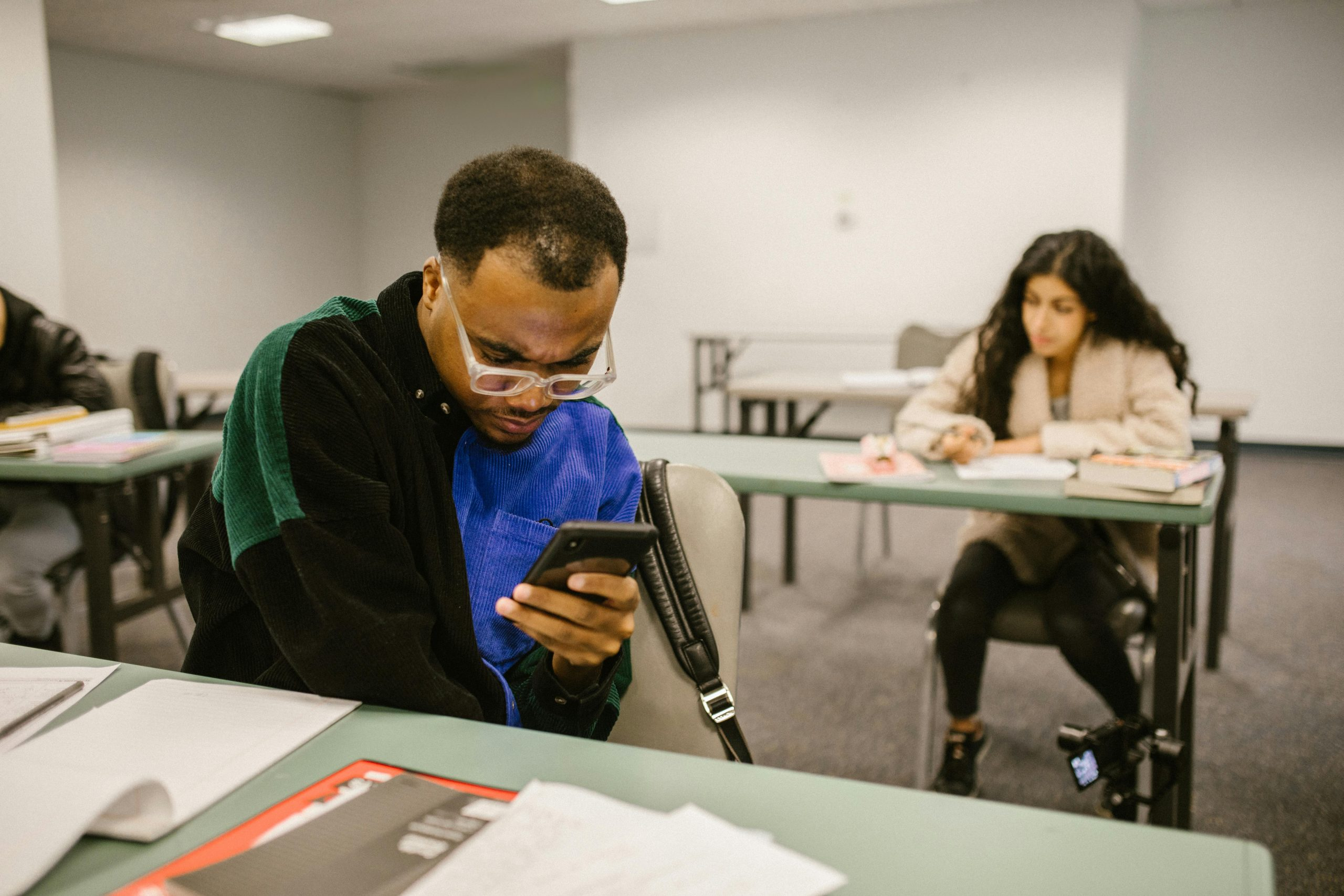Measuring What Matters: New Approaches to Educational Assessment
When it comes to education, one of the most important aspects is assessment. How do we measure the success of our educational system? Is traditional testing still the best approach, or are there new, more effective methods available? These questions have sparked a revolution in the field of educational assessment, resulting in the development of new approaches that prioritize what truly matters. In this article, we will explore the concept of measuring what matters and how it is being implemented in education through new assessment methods.
The Problem with Traditional Testing
For decades, traditional testing has been the standard for measuring students’ knowledge and skills. This often includes multiple-choice exams, essay questions, and standardized tests. While these methods have their merits, they have also faced criticism for being too focused on rote memorization and not reflecting real-world application of knowledge.
Moreover, traditional testing tends to put excessive pressure on students, often leading to high levels of stress and anxiety. This can hinder a student’s overall performance and may not accurately reflect their true abilities. Additionally, these tests often lack cultural and linguistic sensitivity, disadvantaging certain groups of students.
The Shift towards Measuring What Matters
Recognizing the limitations of traditional testing, educators and policymakers have started to shift towards new approaches that focus on measuring what truly matters. This involves assessing students’ critical thinking skills, creativity, problem-solving abilities, and socio-emotional development.
One of the most prominent examples of this is the growing popularity of project-based learning. Rather than relying solely on tests, project-based learning allows students to demonstrate their understanding of a subject through hands-on and collaborative projects. This method not only encourages students to think critically but also prepares them for real-world challenges and promotes creativity.
Performance-Based Assessment
Another approach gaining traction is performance-based assessment. This involves students completing a task or a series of tasks that are representative of real-world situations and require a demonstration of a combination of skills. Examples of performance-based assessment include presentations, research projects, or simulations.
By focusing on performance rather than just knowledge, this form of assessment better measures students’ capabilities to apply their learning in practical contexts. It also puts less emphasis on high-stakes tests and grades, allowing students to showcase their unique strengths and abilities.
The Role of Technology in New Approaches to Assessment
Advancements in technology have also played a crucial role in the development of new educational assessment methods. With the rise of online learning and the integration of technology in the classroom, educators now have access to a vast array of assessment tools and strategies that were not possible before.
For instance, teachers can use learning management systems to track and assess students’ progress continuously. This allows for personalized and timely feedback, which not only improves learning outcomes but also promotes self-evaluation and metacognition. Additionally, online platforms such as adaptive learning software can provide customized assessments for each student based on their individual learning needs.
The Impact of Measuring What Matters
The shift towards measuring what matters has significant implications for education as a whole. By prioritizing critical thinking, problem-solving, and creativity, these new approaches help prepare students for the ever-changing demands of the modern world. They also aim to create a fairer and more inclusive educational system, addressing the issues of cultural and socioeconomic bias in traditional testing.
Moreover, by reducing the emphasis on test scores and grades, these methods can alleviate the pressure often placed on students and promote a healthy learning environment. This can result in increased student engagement, motivation, and ultimately, better learning outcomes.
Conclusion
In conclusion, as we continue to evolve and progress, it is essential that our approach to education evolves as well. Measuring what matters is a crucial step towards creating a more effective, inclusive, and relevant educational system. With the implementation of new approaches to assessment, we can better prepare our students for the challenges of the future and ensure that they are equipped with the skills and abilities needed to succeed. Let us embrace this paradigm shift and continue to innovate and improve our methods of measuring what matters in education.







